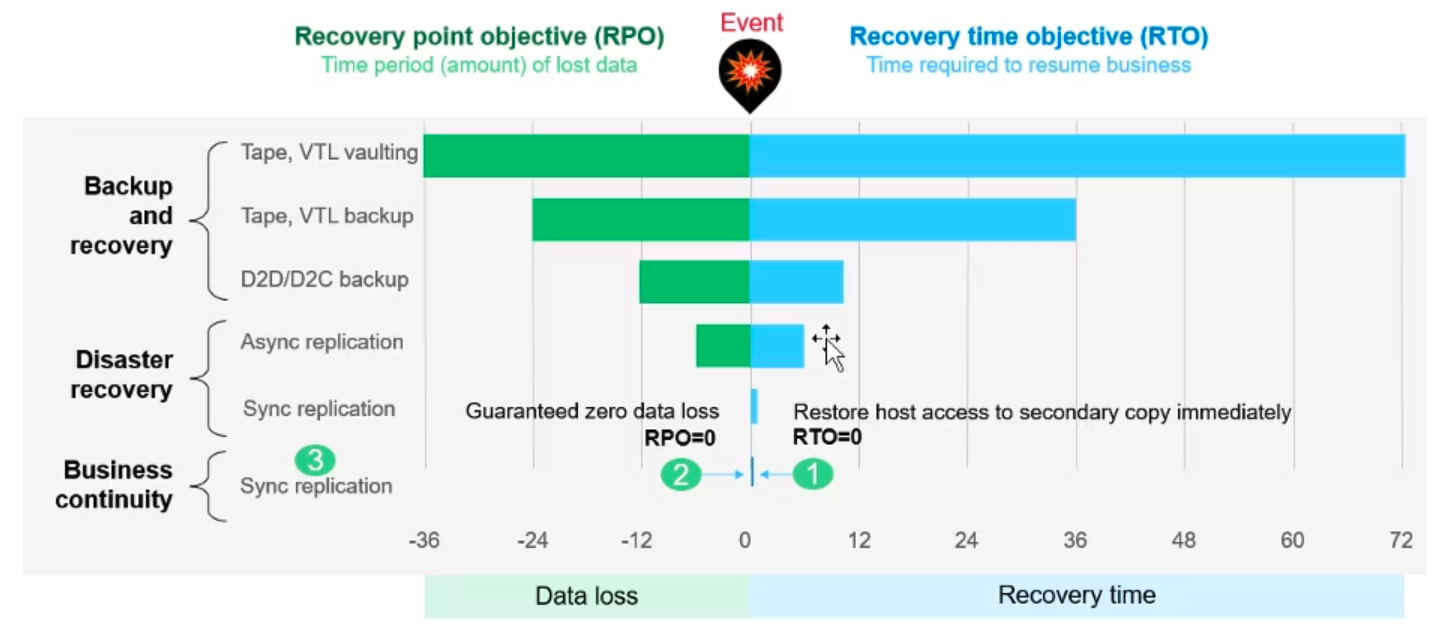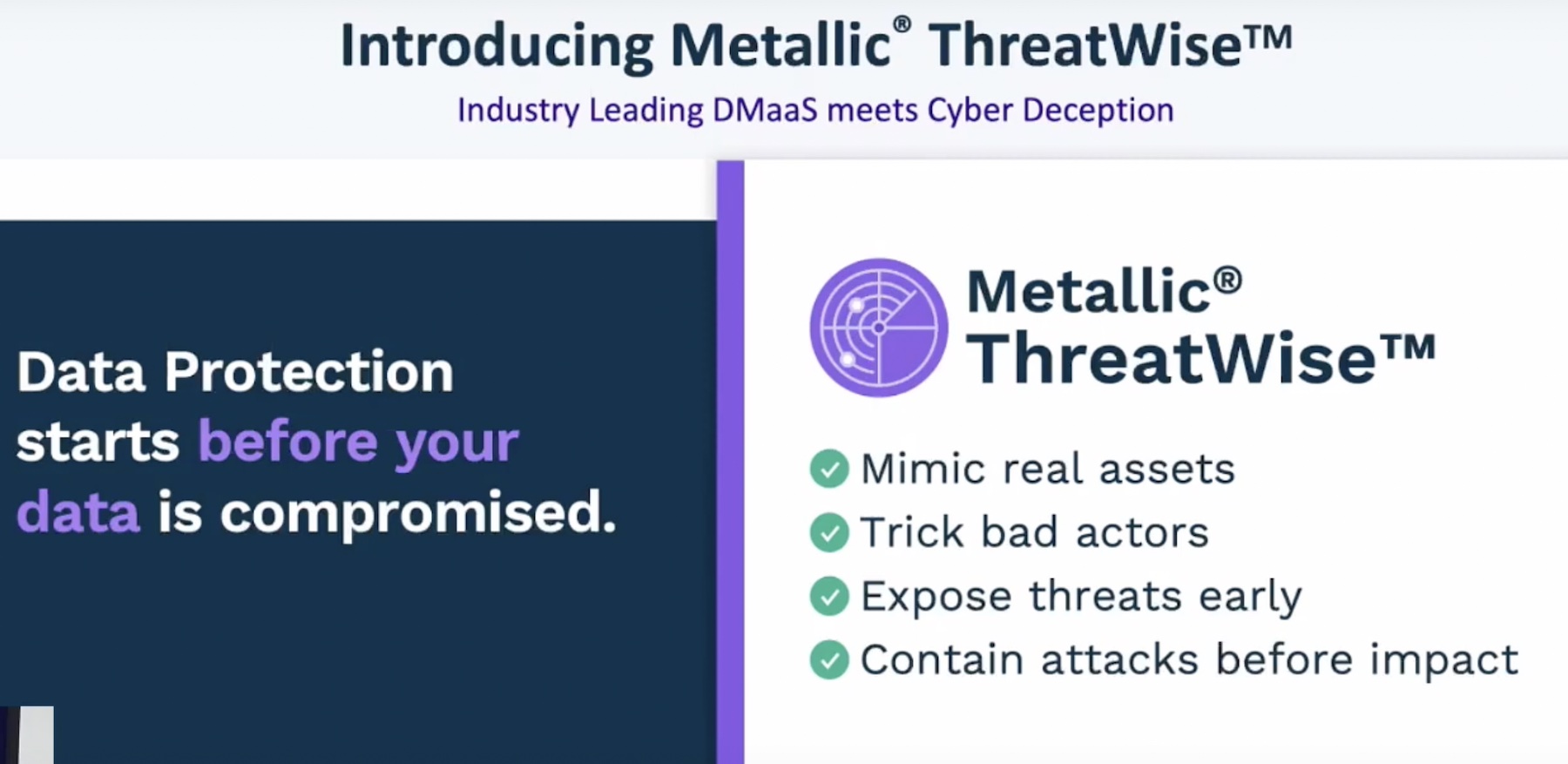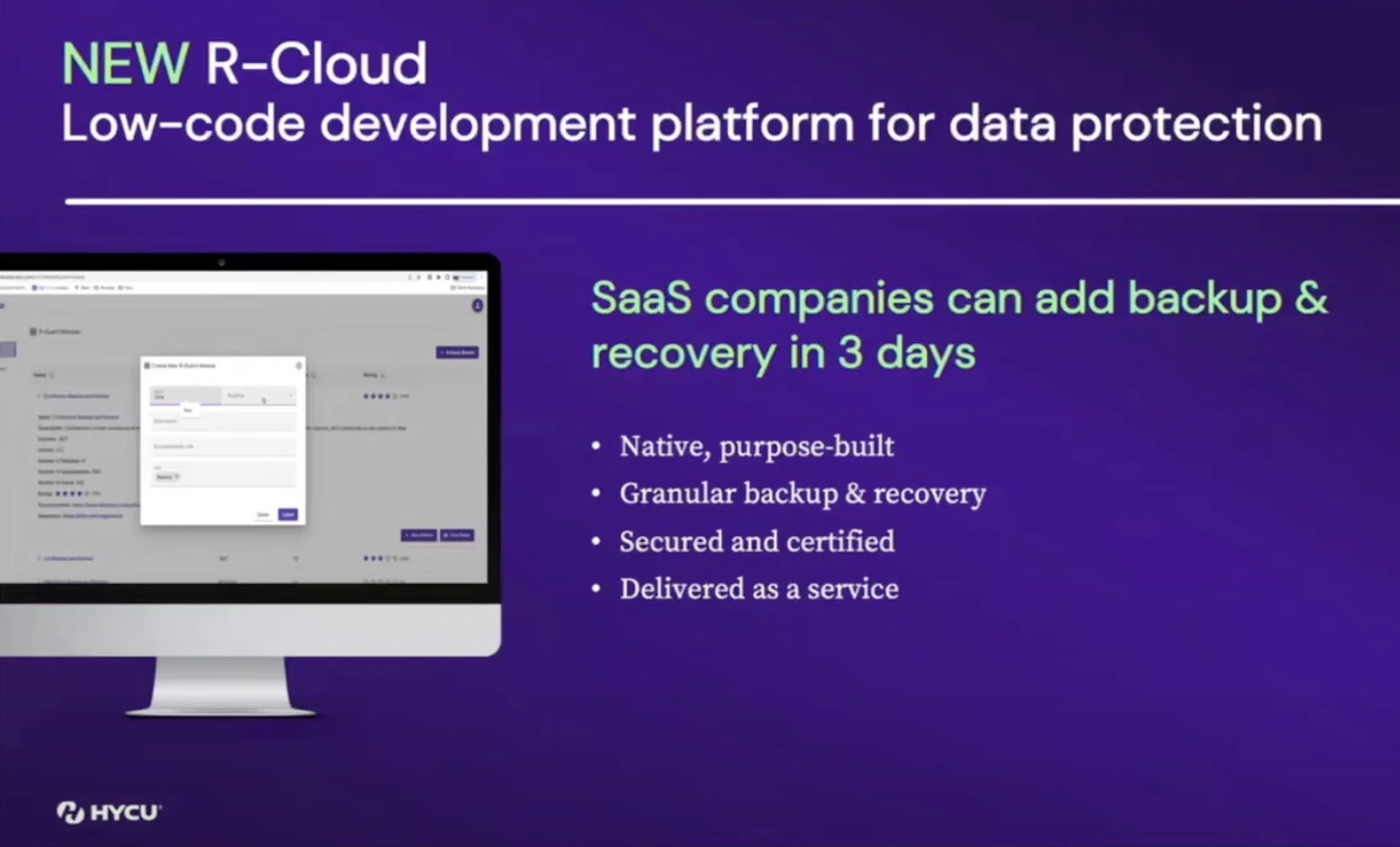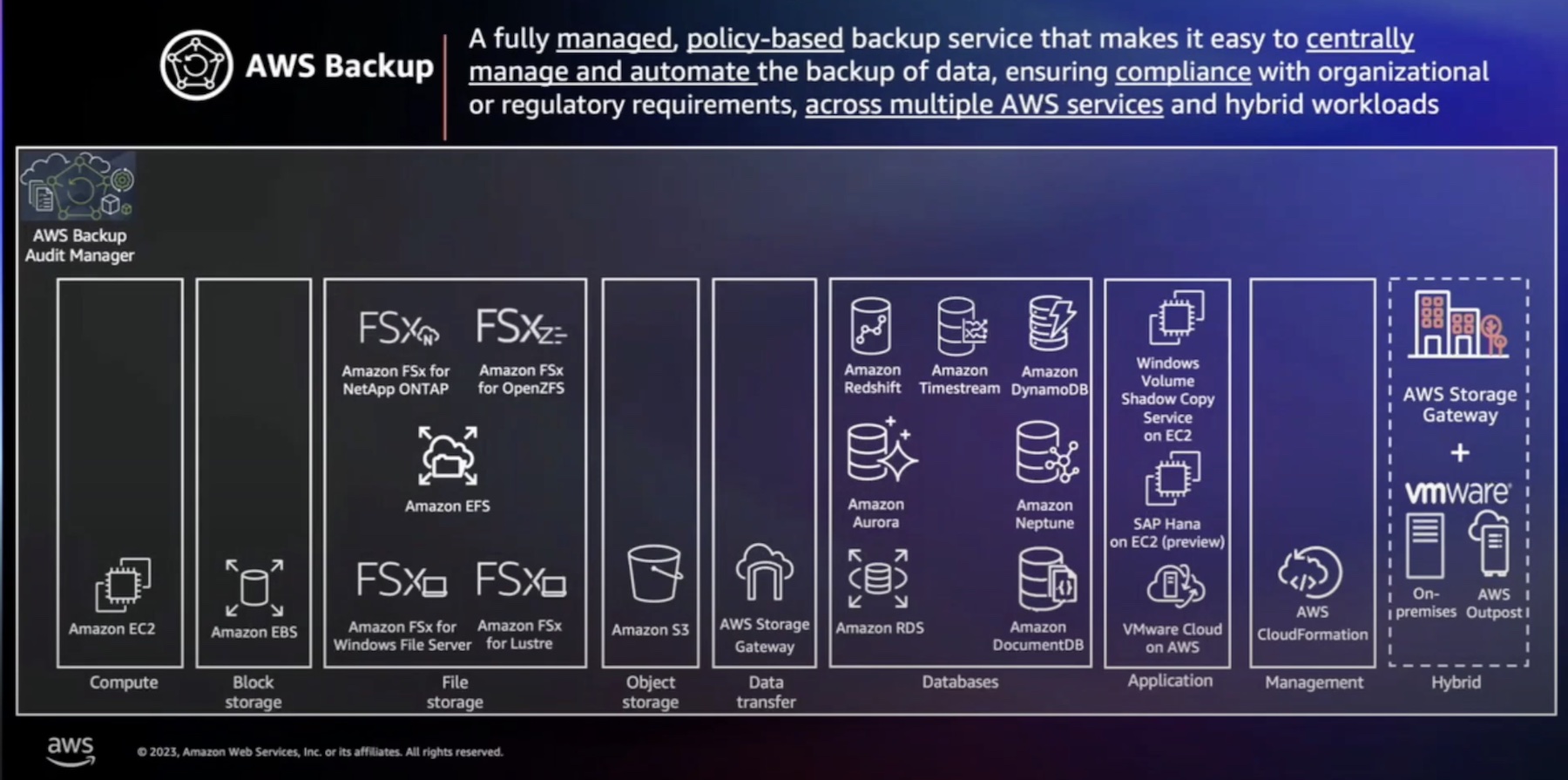
It seems that wherever you look nowadays, there’s an article about the “Journey To The Cloud”. It’s a weird description, but it does nicely articulate the idea that enterprises are packing up their gear and moving their stuff into someone else’s data centre. It’s not always their infrastructure though.
Sometimes it’s just key workloads – like e-mail or web-based applications. It takes time to move those workloads to cloud services. Whether you’re re-factoring applications, or lifting and shifting your virtual machines, it can be a slow process. As we close in on the end of this decade, it seems like most companies are well on their way to moving something to the cloud.
The farther you move into the cloud though, the less a system that wasn’t designed for the cloud makes sense. Prior to the cloud (and all of its permutations), your applications lived in a data centre that was usually located close to your end users. Nowadays though, your data centre is, somewhat ironically, less and less the centre of your data.
Your applications, too, are changing. I’m not suggesting that things were simpler in “the olden days” of on-premises computing. There was data stored on endpoints, in e-mail, in unstructured filesystems, databases, and thousands of line of business applications. Add some cloud into the mix, with its myriad of configurations, such as software as a service, platform as a service, virtual machines running on infrastructure as a service, and all kind of end user devices storing data too. Re-factoring your software also leads to different types of data and protection requirements, and different business models and availability requirements. It’s not just the way you access and store your data that is changing, the data itself is changing as well. As a result of this you need to re-think the way you protect it.
There’s data at the edge, there’s data in the core (your traditional data centre), and there’s data in the cloud. The more disparate your data types and data protection mechanisms are, the more risk you face when it comes to data loss. Your data is now located in public clouds, any number of software as a service platforms, containers, and a variety of on-premises applications.
With this increase in risk comes a requirement to re-evaluate how you protect your data. If your data is sitting everywhere, it makes sense to look at a cloud-based system that is built to natively protect this decentralised storage of data. The beauty of a cloud-based data protection system is that it can provide a mechanism to deliver a centralised, unified way of looking at those disparate data sources.
Just a few years ago, I had a healthcare client running four different tier one data protection products in their data centre. It seemed ridiculous at the time, and my initial reaction was that it shouldn’t be too hard to consolidate this product set into something a little more manageable. As with most things in life though, things are never as simple as they first appear. Budget constraints, resourcing issues, risk aversion, and niche requirements are always going to get in the way of a sensible conversation about product consolidation. The average data centre isn’t much different to this client, and there are usually a few different data protection products running in the environment. Moving data to the cloud (and all of the other places, like the edge) is only going to make the problem of effective data protection worse.
So what’s the answer? It’s not easy, but I recommend you take a top down view of your data protection requirements, in terms of both the applications that your enterprise runs, and where you store your data. Think about where you want everything to end up as well. Are you all in cloud? Is it simply a means to an end for your enterprise? Is it something that simply fills gaps in your solution? Hopefully this is something you’ve considered as part of your cloud strategy. If you’re all in on cloud, or think that you’ll end up there soon, it’s worth re-assessing the solutions you’re using now. Look for a product suite that can accommodate all of the different types of data you’ll need to protect, and something that works across all of the different locations that it will be stored in.
The cloud has changed the way we consume data significantly. And I think we need to re-align what we’re doing with data protection to accommodate that shift in our data consumption habits. In much the same way as on-premises solutions made sense when data was consumed primarily on-premises, cloud-native data protection make a lot more sense when you’ve moved a large portion of your data to the cloud.




